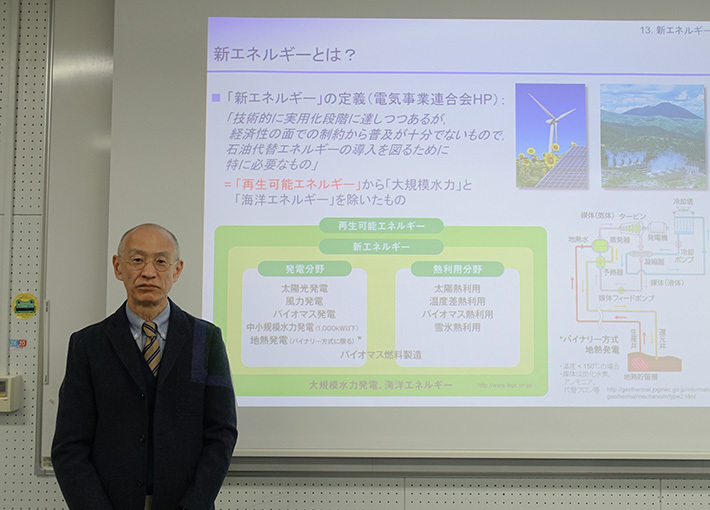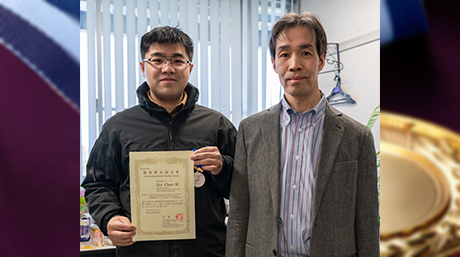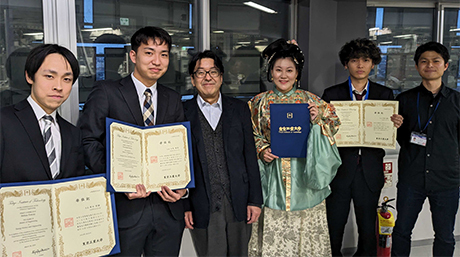Electrical and Electronic Engineering News
Energy and Electric Power Conversion Technology -Course Introduction #13-
Hey there! We are the EE Homepage supporters.
In our course introduction series, we introduce courses characteristic of Electrical and Electronics Engineering in an easy-to-understand manner.
This time, we will introduce one of the recommended courses for third year students, “Energy and Electric Power Conversion Technology”.

The professor in charge of this class, Dr. Oguri
In the course “Energy and Electric Power Conversion Technology”, we learn about the processes involved in generating, transmitting and distributing electricity.
This course covers not just thermal power, which currently generates the majority of electricity in Japan, but also nuclear power and various types of renewable energy.
To start, we study the fundamental principles of each type of power generation. Then, based on this knowledge, we learn about the newest and most efficient systems found in modern facilities. We also learn about the methods employed to cut costs and minimize harm to the environment when generating electricity.
For instance, during the class on thermal power, we learn about ‘Combined Cycle(CC)’, a system present in modern thermal power stations. CC, as the name suggests, refers to the combination of the main cycle with an additional cycle that utilizes the waste heat from the main cycle. In thermal power plants, fuel combustion generates steam, which is used to turn a steam turbine thereby generating electricity. In conventional plants, this hot waste gas was simply discarded, as compared with CC, where the the heat of waste gas from a gas turbine is used to boil water to run a second steam turbine. This thereby enables the recovery of heat energy from waste gas, improving overall efficiency. Since thermal power is the main form of power in Japan, it is especially important to strive for better efficiency through the introduction of new ideas such as CC.
As part of the course, there is even a chance for students to visit a thermal power plant which has implemented the ‘More Advanced Combined Cycle(MACC)’. MACC is, as the name suggests, an even more optimized version of CC. During the visit, we are able to hear from the operators of the power plant on how maintenance and day-to-day operations of the plant are actually carried out.
Meanwhile, during the lecture on hydropower generation, we learn about how water wheels are designed to maximise the energy extracted from running water. We also learn about how the characteristics of each type of water wheel make them more suitable for certain conditions, such as how vertical axis propellers, optimal for dams with low heads, are used in Matsudome, and how Francis turbines, suitable for generating large volumes of electricity, are used in Okutadami Dam. Inspired by this lecture, this writer decided to go on a dam pilgrimage to collect dam cards.
Aside from generation, we also learn about power transmission and distribution, without which we would not be able to draw electricity from the power outlets in our homes. We learn, for instance, about the benefits and drawbacks of underground transmission as opposed to overhead transmission and the characteristics of different types of distribution circuit layouts. We also learn about a curious issue unique to Japan: we learn about the 50 Hz-60 Hz frequency conversion between the power grids of Eastern Japan and Western Japan and how it is actually carried out.
During the lecture ‘Energy and Electric Power Conversion Technology’, we learn about the processes involved in energy generation, transmission and distribution. As a result, we are able to view the energy problems challenging our planet from a completely different perspective.
This lecture is highly recommended to students who are passionate about the environment.




